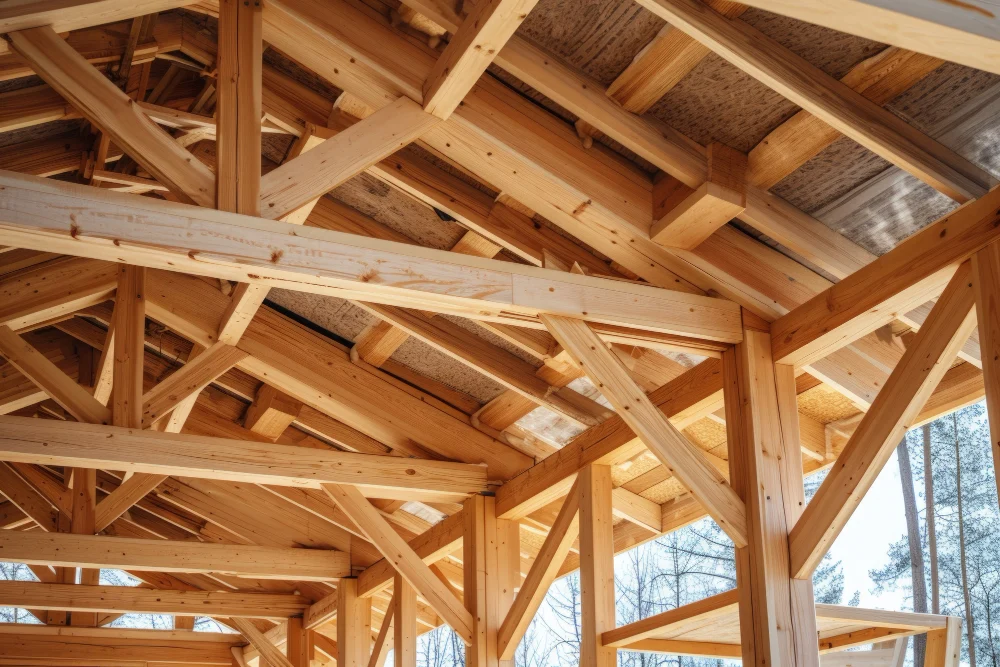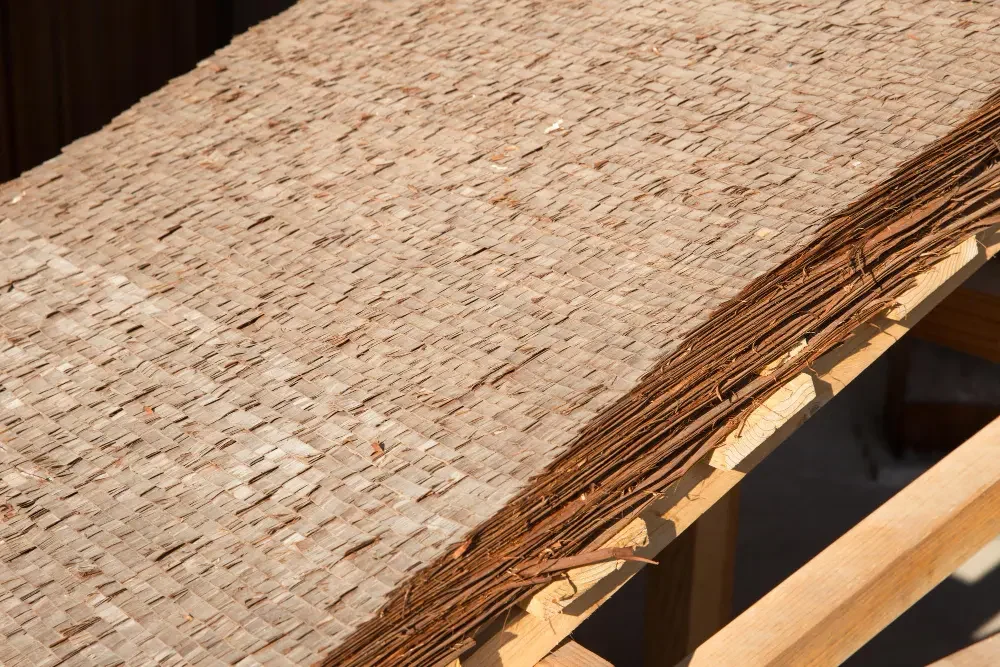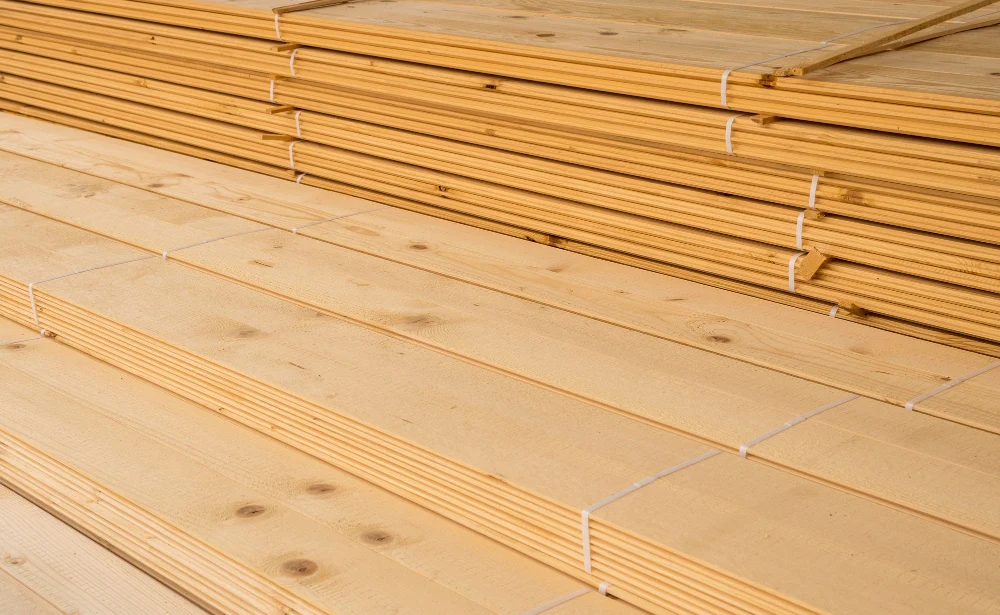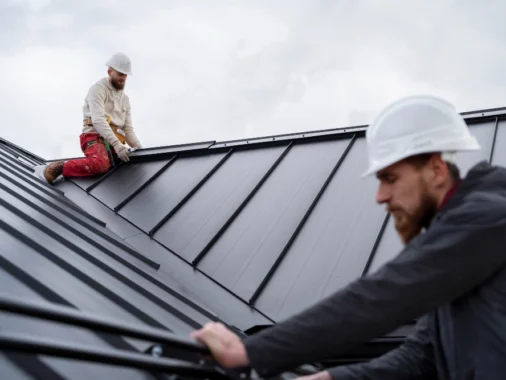Roof sheathing is a critical component of the roofing system, providing a solid base for the roofing materials and contributing to the structural integrity of the roof. If you want to make the roof of your house well, to protect your house from various natural calamities as well as protect it from cold in winter and heat in summer, first of all, you need to make the roof of the house well.

Understanding the appropriate thickness of roof sheathing is essential for ensuring a durable and long-lasting roof that can withstand environmental stresses and support the weight of snow, wind, and other loads. This guide explores the importance of roof sheathing, recommended thicknesses, available materials, and considerations for replacement.
What is Roof Sheathing?
The roof covering should be made of good materials to make the roof of your house stronger. Along with knowing about the roof of the house, you must have a better understanding of the roof covering of the house, only then you can use good quality materials.
Roof sheathing, also known as roof decking, is the layer of material installed over the roof rafters or trusses to provide a stable base for roofing materials such as shingles, tiles, or metal panels.
It serves as a structural platform that distributes the weight of the roof covering evenly and helps transfer loads to the supporting framework of the roof.
Why Roof Sheathing is Important?
We have discussed in this part of the post why roof sheathing plays such an important role in the roof of a house and why it is so necessary. Roof sheathing plays several crucial roles in the roofing system:
- Provides structural support and stability to the roof.
- Distributes the weight of the roofing materials and external loads evenly.
- Acts as a nailing surface for attaching roofing materials securely.
- Helps resist wind uplift forces and prevent roof deformation during severe weather events.
- Provides a base for underlayment materials that protect against moisture infiltration and improve thermal insulation.
Recommended Roof Sheathing Thickness
When you build your new home, you need to know the minimum and maximum thickness of the roof sheathing. So below we have discussed the minimum thickness and maximum thickness of a roof covering.

- Minimum Roof Sheathing Thickness: The minimum thickness of roof sheathing typically depends on factors such as local building codes, design loads, and roofing materials. Common minimum thicknesses for plywood or OSB roof sheathing range from 3/8 inch to 1/2 inch, although thicker sheathing may be required for specific applications or regions with higher wind or snow loads.
- Maximum Roof Sheathing Thickness: While there is no strict maximum thickness for roof sheathing, thicker sheathing panels (e.g., 5/8 inch or 3/4 inch) may be used in areas with higher structural requirements or to accommodate heavier roofing materials. However, excessive thickness can add unnecessary weight and cost to the roofing system.
Roof Sheathing Materials
In the following section, we have discussed the best materials to use to make the best quality roofing material for a house roof sheathing. Roof sheathing materials commonly used in residential construction include:

- Plywood: A strong and durable option made from thin layers of wood veneer glued together in a cross-grain pattern.
- Oriented Strand Board (OSB): A cost-effective alternative to plywood made from wood strands bonded with adhesive under heat and pressure.
- Other materials such as composite panels or structural insulated panels (SIPs) may also be used for specific roofing applications.
The Cost of Replacing Roof Sheathing
Before you build your new home, you need to make a budget like before you buy all the things in the house. Also, when you want to make the roof sheathing of the house with better quality materials, before that you have a good idea about the price of the roof sheathing of this house.
The cost of replacing roof sheathing depends on factors such as the size of the roof, the type and thickness of sheathing materials, labour costs, and any additional repairs or modifications required. On average, homeowners can expect to pay between $1,000 to $3,000 or more for roof sheathing replacement, including materials and labour.
Final Thoughts
Choosing the appropriate thickness of roof sheathing is crucial for ensuring a stable and durable roofing system that can withstand the elements and provide long-term protection for the structure. By understanding the recommended thicknesses, available materials, and cost considerations, homeowners and builders can make informed decisions when designing, constructing, or replacing roof sheathing.
Consulting with roofing professionals and adhering to local building codes and regulations will help ensure a successful and reliable roofing installation. If you like our post then you can share it with your friends and family.



